A - Partition
Problem Statement
You are given integers N N N and K K K.
The cumulative sums of an integer sequence X = ( X 1 , X 2 , … , X N ) X=(X_1,X_2,\dots ,X_N) X=(X1,X2,…,XN) of length N N N is defined as a sequence Y = ( Y 0 , Y 1 , … , Y N ) Y=(Y_0,Y_1,\dots ,Y_N) Y=(Y0,Y1,…,YN) of length N + 1 N+1 N+1 as follows:
Y 0 = 0 Y_0=0 Y0=0
Y i = ∑ j = 1 i X j ( i = 1 , 2 , … , N ) Y_i=\displaystyle\sum_{j=1}^{i}X_j\ (i=1,2,\dots ,N) Yi=j=1∑iXj (i=1,2,…,N)
An integer sequence X = ( X 1 , X 2 , … , X N ) X=(X_1,X_2,\dots ,X_N) X=(X1,X2,…,XN) of length N N N is called a good sequence if and only if it satisfies the following condition:
Any value in the cumulative sums of X X X that is less than K K K appears before any value that is not less than K K K.
Formally, for the cumulative sums Y Y Y of X X X, for any pair of integers ( i , j ) (i,j) (i,j) such that 0 ≤ i , j ≤ N 0 \le i,j \le N 0≤i,j≤N, if KaTeX parse error: Expected 'EOF', got '&' at position 6: (Y_i &̲lt; K and Y j ≥ K ) Y_j \ge K) Yj≥K), then KaTeX parse error: Expected 'EOF', got '&' at position 3: i &̲lt; j.
You are given an integer sequence A = ( A 1 , A 2 , … , A N ) A=(A_1,A_2,\dots ,A_N) A=(A1,A2,…,AN) of length N N N. Determine whether the elements of A A A can be rearranged to a good sequence. If so, print one such rearrangement.
Constraints
1 ≤ N ≤ 2 × 1 0 5 1 \leq N \leq 2 \times 10^5 1≤N≤2×105
− 1 0 9 ≤ K ≤ 1 0 9 -10^9 \leq K \leq 10^9 −109≤K≤109
− 1 0 9 ≤ A i ≤ 1 0 9 -10^9 \leq A_i \leq 10^9 −109≤Ai≤109
All input values are integers.
Input
The input is given from Standard Input in the following format:
N N N K K K
A 1 A_1 A1 A 2 A_2 A2 ⋯ \cdots ⋯ A N A_N AN
Output
If the elements of A A A can be rearranged to a good sequence, print the rearranged sequence ( A 1 ′ , A 2 ′ , … , A N ′ ) (A^{\prime}_1,A^{\prime}_2,\dots ,A^{\prime}_N) (A1′,A2′,…,AN′) in the following format:
Yes
A 1 ′ A^{\prime}_1 A1′ A 2 ′ A^{\prime}_2 A2′ ⋯ \cdots ⋯ A N ′ A^{\prime}_N AN′
If there are multiple valid rearrangements, any of them is considered correct.
If a good sequence cannot be obtained, print No.
Sample Input 1
4 1
-1 2 -3 4
Sample Output 1
Yes
-3 -1 2 4
If you rearrange A A A to ( − 3 , − 1 , 2 , 4 ) (-3,-1,2,4) (−3,−1,2,4), the cumulative sums Y Y Y in question will be ( 0 , − 3 , − 4 , − 2 , 2 ) (0,-3,-4,-2,2) (0,−3,−4,−2,2). In this Y Y Y, any value less than 1 1 1 appears before any value not less than 1 1 1.
Sample Input 2
4 -1
1 -2 3 -4
Sample Output 2
No
Sample Input 3
10 1000000000
-1000000000 -1000000000 -1000000000 -1000000000 -1000000000 1000000000 1000000000 1000000000 1000000000 1000000000
Sample Output 3
Yes
-1000000000 -1000000000 -1000000000 -1000000000 -1000000000 1000000000 1000000000 1000000000 1000000000 1000000000
Solution
具体见文末视频。
Code
#include <bits/stdc++.h>
#define fi first
#define se second
#define int long long
using namespace std;
typedef pair<int, int> PII;
typedef long long LL;
signed main() {
cin.tie(0);
cout.tie(0);
ios::sync_with_stdio(0);
int n, k, sum = 0;
cin >> n >> k;
std::vector<int> a(n);
for (int i = 0; i < n; i ++)
cin >> a[i], sum += a[i];
if (sum < k && k <= 0) {
cout << "No" << endl;
return 0;
}
if (k > 0) sort(a.begin(), a.end());
else sort(a.begin(), a.end(), greater<int>());
cout << "Yes" << endl;
for (int i = 0; i < n; i ++)
cout << a[i] << " ";
cout << endl;
return 0;
}
B - Between B and B
Problem Statement
You are given a sequence ( X 1 , X 2 , … , X M ) (X_1, X_2, \dots, X_M) (X1,X2,…,XM) of length M M M consisting of integers between 1 1 1 and M M M, inclusive.
Find the number, modulo 998244353 998244353 998244353, of sequences A = ( A 1 , A 2 , … , A N ) A = (A_1, A_2, \dots, A_N) A=(A1,A2,…,AN) of length N N N consisting of integers between 1 1 1 and M M M, inclusive, that satisfy the following condition:
For each B = 1 , 2 , … , M B = 1, 2, \dots, M B=1,2,…,M, the value X B X_B XB exists between any two different occurrences of B B B in A A A (including both ends).
More formally, for each B = 1 , 2 , … , M B = 1, 2, \dots, M B=1,2,…,M, the following condition must hold:
For every pair of integers ( l , r ) (l, r) (l,r) such that KaTeX parse error: Expected 'EOF', got '&' at position 10: 1 \leq l &̲lt; r \leq N and A l = A r = B A_l = A_r = B Al=Ar=B, there exists an integer m m m ( l ≤ m ≤ r l \leq m \leq r l≤m≤r) such that A m = X B A_m = X_B Am=XB.
Constraints
1 ≤ M ≤ 10 1 \leq M \leq 10 1≤M≤10
1 ≤ N ≤ 1 0 4 1 \leq N \leq 10^4 1≤N≤104
1 ≤ X i ≤ M 1 \leq X_i \leq M 1≤Xi≤M
All input values are integers.
Input
The input is given from Standard Input in the following format:
M M M N N N
X 1 X_1 X1 X 2 X_2 X2 ⋯ \cdots ⋯ X M X_M XM
Output
Print the answer.
Sample Input 1
3 4
2 1 2
Sample Output 1
14
Here are examples of sequences A A A that satisfy the condition:
( 1 , 3 , 2 , 3 ) (1, 3, 2, 3) (1,3,2,3)
( 2 , 1 , 2 , 1 ) (2, 1, 2, 1) (2,1,2,1)
( 3 , 2 , 1 , 3 ) (3, 2, 1, 3) (3,2,1,3)
Here are non-examples:
( 1 , 3 , 1 , 3 ) (1, 3, 1, 3) (1,3,1,3)
There is no X 3 = 2 X_3 = 2 X3=2 between the 3 3 3s.
( 2 , 2 , 1 , 3 ) (2, 2, 1, 3) (2,2,1,3)
There is no X 2 = 1 X_2 = 1 X2=1 between the 2 2 2s.
Sample Input 2
4 8
1 2 3 4
Sample Output 2
65536
All sequences of length 8 8 8 consisting of integers between 1 1 1 and 4 4 4 satisfy the condition.
Note that when X B = B X_B = B XB=B, there is always a B B B between two different occurrences of B B B.
Sample Input 3
4 9
2 3 4 1
Sample Output 3
628
Solution
具体见文末视频。
Code
#include <bits/stdc++.h>
#define fi first
#define se second
#define int long long
using namespace std;
typedef pair<int, int> PII;
typedef long long LL;
const int N = 1e4 + 10, M = 11, mod = 998244353;
int n, m;
int a[M], f[N][1 << M], mask[M];
signed main() {
cin.tie(0);
cout.tie(0);
ios::sync_with_stdio(0);
cin >> m >> n;
for (int i = 1; i <= m; i ++)
cin >> a[i], mask[a[i]] |= 1ll << i - 1;
f[0][(1 << m) - 1] = 1;
for (int i = 0; i < n; i ++)
for (int j = 1; j <= m; j ++)
for (int k = 0; k < 1 << m; k ++)
if ((k >> j - 1) & 1)
f[i + 1][(k ^ (1 << j - 1)) | mask[j]] = (f[i + 1][(k ^ (1 << j - 1)) | mask[j]] + f[i][k]) % mod;
int res = 0;
for (int i = 0; i < 1 << m; i ++)
res = (res + f[n][i]) % mod;
cout << res << endl;
return 0;
}
C - Beware of Overflow
Problem Statement
This is an interactive problem (where your program interacts with the judge via input and output).
You are given a positive integer N N N.
The judge has a hidden positive integer R R R and N N N integers A 1 , A 2 , … , A N A_1, A_2, \dots, A_N A1,A2,…,AN. It is guaranteed that ∣ A i ∣ ≤ R |A_i|\le R ∣Ai∣≤R and ∣ ∑ i = 1 N A i ∣ ≤ R \left|\displaystyle\sum_{i=1}^{N}A_i\right| \le R
i=1∑NAi
≤R.
There is a blackboard on which you can write integers with absolute values not exceeding R R R. Initially, the blackboard is empty.
The judge has written the values A 1 , A 2 , … , A N A_1, A_2, \dots, A_N A1,A2,…,AN on the blackboard in this order. Your task is to make the blackboard contain only one value ∑ i = 1 N A i \displaystyle\sum_{i=1}^{N}A_i i=1∑NAi.
You cannot learn the values of R R R and A i A_i Ai directly, but you can interact with the judge up to 25000 25000 25000 times.
For a positive integer i i i, let X i X_i Xi be the i i i-th integer written on the blackboard. Specifically, X i = A i X_i = A_i Xi=Ai for i = 1 , 2 , … , N i=1,2,\dots,N i=1,2,…,N.
In one interaction, you can specify two distinct positive integers i i i and j j j and choose one of the following actions:
Perform addition. The judge will erase X i X_i Xi and X j X_j Xj from the blackboard and write X i + X j X_i + X_j Xi+Xj on the blackboard.
∣ X i + X j ∣ ≤ R |X_i + X_j| \leq R ∣Xi+Xj∣≤R must hold.
Perform comparison. The judge will tell you whether KaTeX parse error: Expected 'EOF', got '&' at position 5: X_i &̲lt; X_j is true or false.
Here, at the beginning of each interaction, the i i i-th and j j j-th integers written on the blackboard must not have been erased.
Perform the interactions appropriately so that after all interactions, the blackboard contains only one value ∑ i = 1 N A i \displaystyle\sum_{i=1}^{N}A_i i=1∑NAi.
The values of R R R and A i A_i Ai are determined before the start of the conversation between your program and the judge.
Constraints
2 ≤ N ≤ 1000 2 \leq N \leq 1000 2≤N≤1000
1 ≤ R ≤ 1 0 9 1 \leq R \leq 10^9 1≤R≤109
∣ A i ∣ ≤ R |A_i| \leq R ∣Ai∣≤R
∣ ∑ i = 1 N A i ∣ ≤ R \left|\displaystyle\sum_{i=1}^{N}A_i\right| \le R
i=1∑NAi
≤R
N N N, R R R, and A i A_i Ai are integers.
Input and Output
This is an interactive problem (where your program interacts with the judge via input and output).
First, read N N N from Standard Input.
N N N
Next, repeat the interactions until the blackboard contains only one value ∑ i = 1 N A i \displaystyle\sum_{i=1}^{N}A_i i=1∑NAi.
When performing addition, make an output in the following format to Standard Output. Append a newline at the end. Here, i i i and j j j are distinct positive integers.
- i i i j j j
The response from the judge will be given from Standard Input in the following format:
P P P
Here, P P P is an integer:
If P ≥ N + 1 P \geq N + 1 P≥N+1, it means that the value X i + X j X_i + X_j Xi+Xj has been written on the blackboard, and it is the P P P-th integer written.
If P = − 1 P = -1 P=−1, it means that i i i and j j j do not satisfy the constraints, or the number of interactions has exceeded 25000 25000 25000.
When performing comparison, make an output in the following format to Standard Output. Append a newline at the end. Here, i i i and j j j are distinct positive integers.
? i i i j j j
The response from the judge will be given from Standard Input in the following format:
Q Q Q
Here, Q Q Q is an integer:
If Q = 1 Q = 1 Q=1, it means that KaTeX parse error: Expected 'EOF', got '&' at position 5: X_i &̲lt; X_j is true.
If Q = 0 Q = 0 Q=0, it means that KaTeX parse error: Expected 'EOF', got '&' at position 5: X_i &̲lt; X_j is false.
If Q = − 1 Q = -1 Q=−1, it means that i i i and j j j do not satisfy the constraints, or the number of interactions has exceeded 25000 25000 25000.
For both types of interactions, if the judge’s response is − 1 -1 −1, your program is already considered incorrect. In this case, terminate your program immediately.
When the blackboard contains only one value ∑ i = 1 N A i \displaystyle\sum_{i=1}^{N}A_i i=1∑NAi, report this to the judge in the following format. This does not count towards the number of interactions. Then, terminate your program immediately.
!
If you make an output in a format that does not match any of the above, -1 will be given from Standard Input.
-1
In this case, your program is already considered incorrect. Terminate your program immediately.
Notes
For each output, append a newline at the end and flush Standard Output. Otherwise, the verdict may be TLE.
Terminate your program immediately after outputting the result (or receiving -1). Otherwise, the verdict will be indeterminate.
Extra newlines will be considered as malformed output.
Sample Input and Output
Here is a possible conversation with N = 3 , R = 10 , A 1 = − 1 , A 2 = 10 , A 3 = 1 N=3, R=10, A_1=-1, A_2=10, A_3=1 N=3,R=10,A1=−1,A2=10,A3=1.
| Input | Output | Explanation |
|---|---|---|
3 |
First, the integer $N$ is given. | |
? 1 2 |
Perform a comparison. | |
1 |
The judge returns $1$ because $X_1\lt X_2\ (-1\lt 10)$. | |
+ 1 3 |
Perform an addition. | |
4 |
The judge erases $X_1 = -1$ and $X_3 = 1$ from the blackboard and writes $X_1 + X_3 = 0$. This is the fourth integer written. | |
+ 2 4 |
Perform an addition. | |
5 |
The judge erases $X_2 = 10$ and $X_4 = 0$ from the blackboard and writes $X_2 + X_4 = 10$. This is the fifth integer written. | |
! |
The blackboard contains only one value $\displaystyle\sum_{i=1}^{N}A_i$, so report this to the judge. |
Solution
具体见文末视频。
Code
#include <bits/stdc++.h>
#define fi first
#define se second
#define int long long
using namespace std;
typedef pair<int, int> PII;
typedef long long LL;
bool cmp(int a, int b) {
cout << "? " << a << " " << b << endl;
int ok;
cin >> ok;
return ok;
}
signed main() {
cin.tie(0);
cout.tie(0);
ios::sync_with_stdio(0);
int n;
cin >> n;
std::vector<int> id;
for (int i = 1; i <= n; i ++)
id.push_back(i);
sort(id.begin(), id.end(), cmp);
while (n > 1) {
cout << "+ " << id[0] << " " << id.back() << endl;
int p;
cin >> p;
id.erase(id.begin()), id.pop_back();
n --;
if (n == 1) break;
int l = 0, r = id.size() - 1;
while (l < r) {
int mid = l + r >> 1;
if (cmp(p, id[mid])) r = mid;
else l = mid + 1;
}
if (!cmp(p, id[r])) r ++;
id.insert(id.begin() + r, p);
}
cout << "!\n";
return 0;
}
视频题解
AtCoder Regular Contest 179(A ~ C 题讲解)
最后祝大家早日

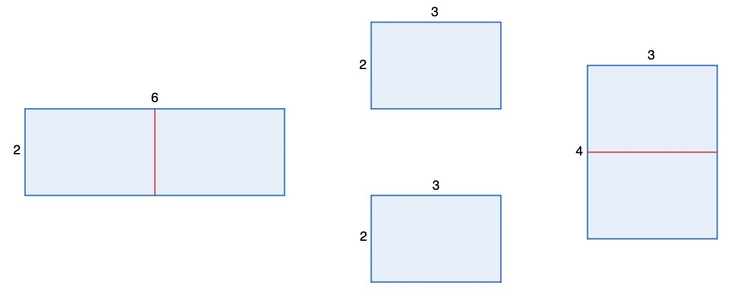

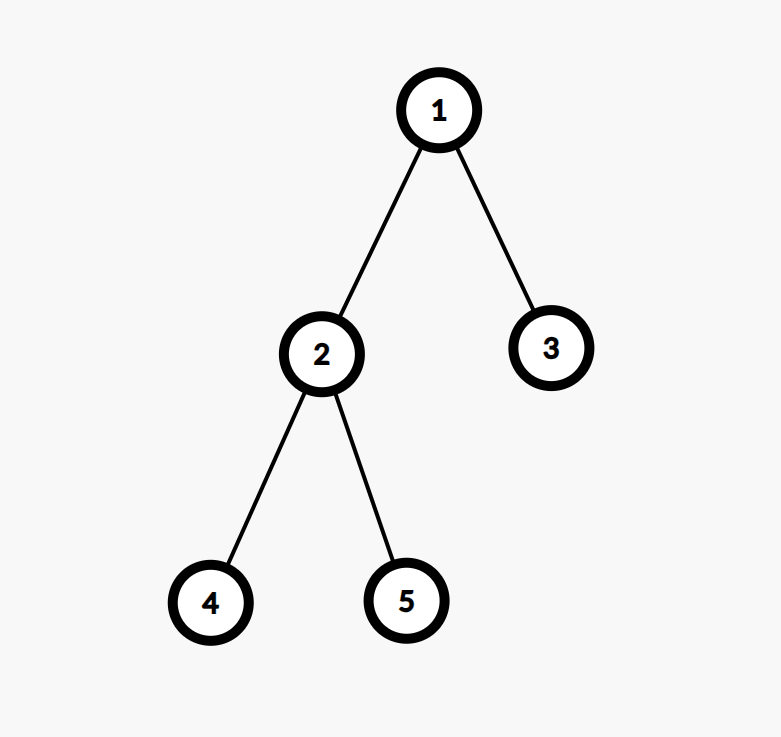

















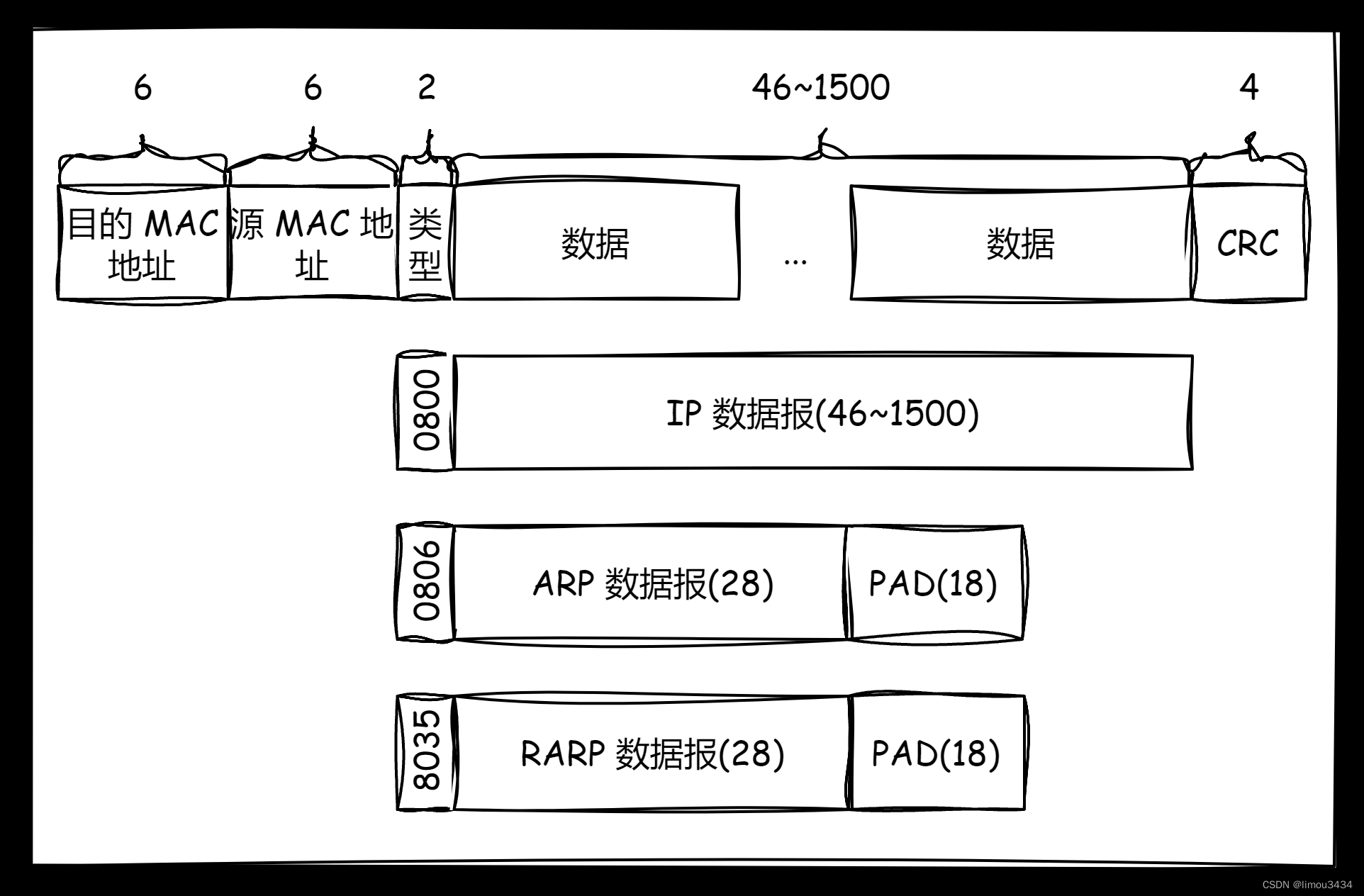






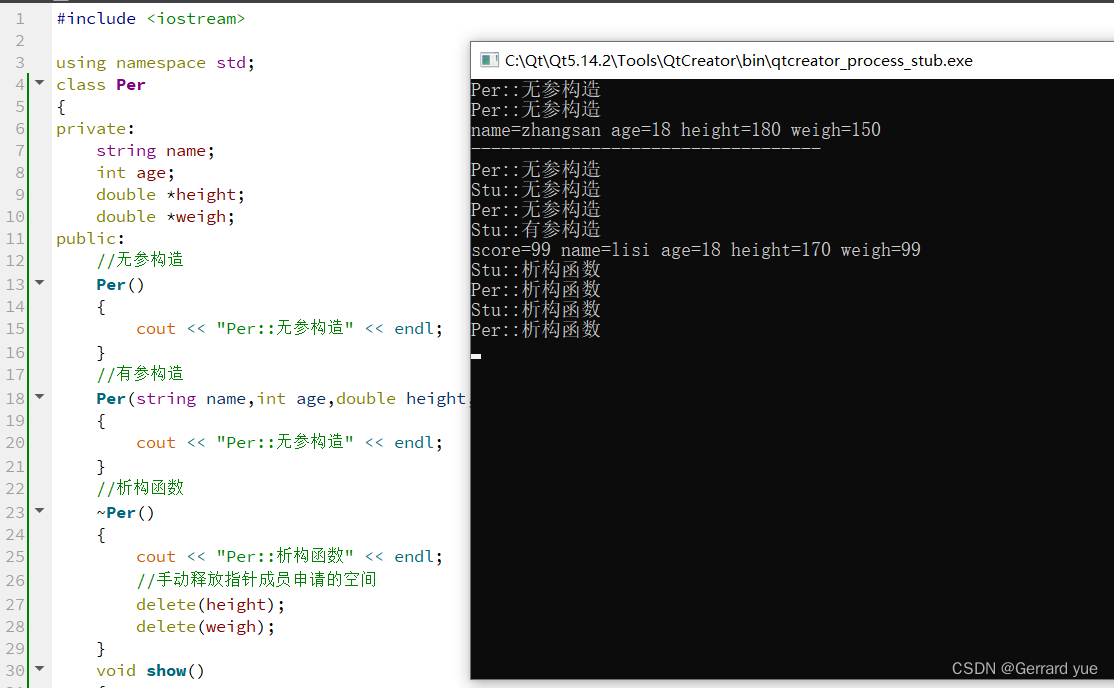
![[QT] MAC使用Qt Creator运行程序如何仅运行一个进程?](https://img-blog.csdnimg.cn/direct/5d389c39775c49ae8680af8e5c52338f.png)



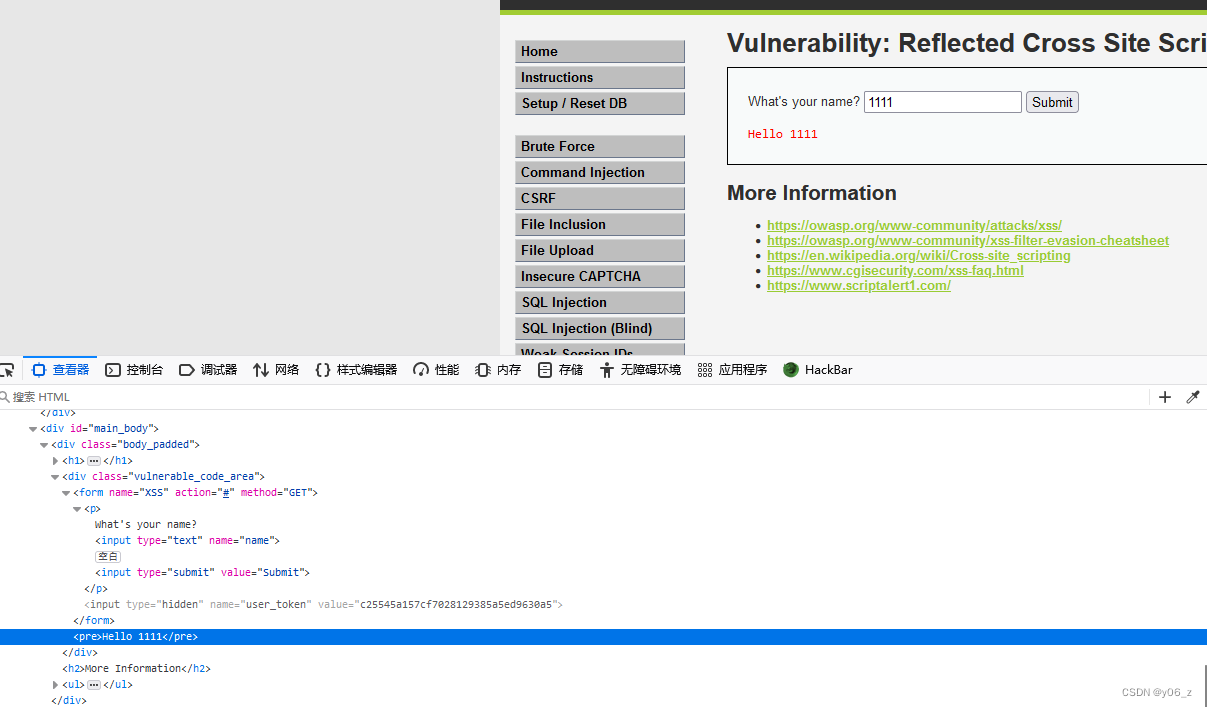



![[flutter]一键将YAPI生成的api.json文件转为需要的Dart Model类的脚本](https://img-blog.csdnimg.cn/direct/16ba829511d2451bb9f24e7dba9a3453.png)



